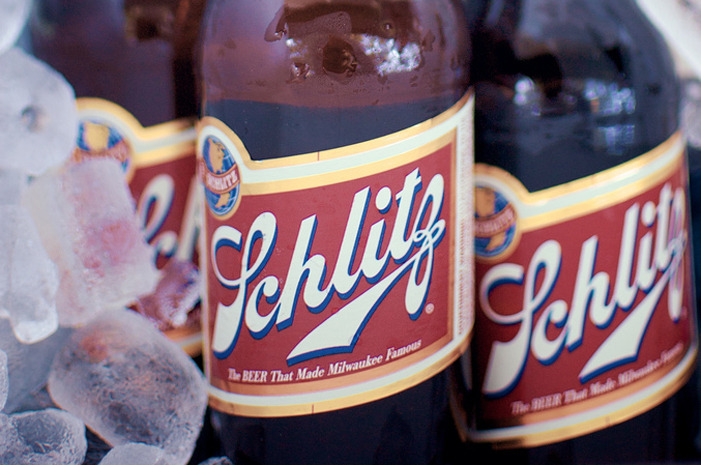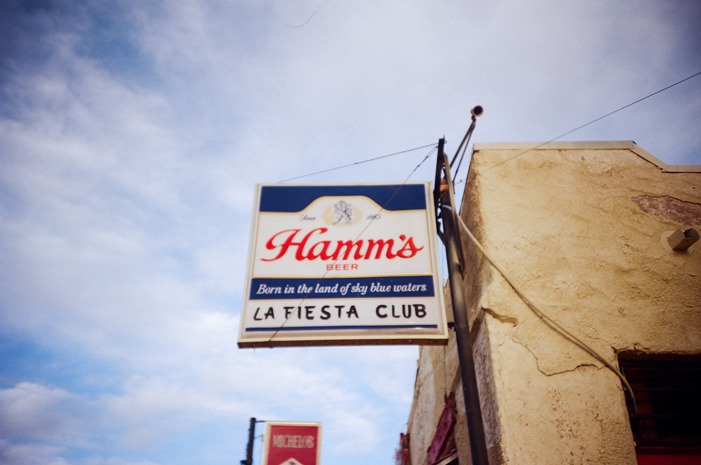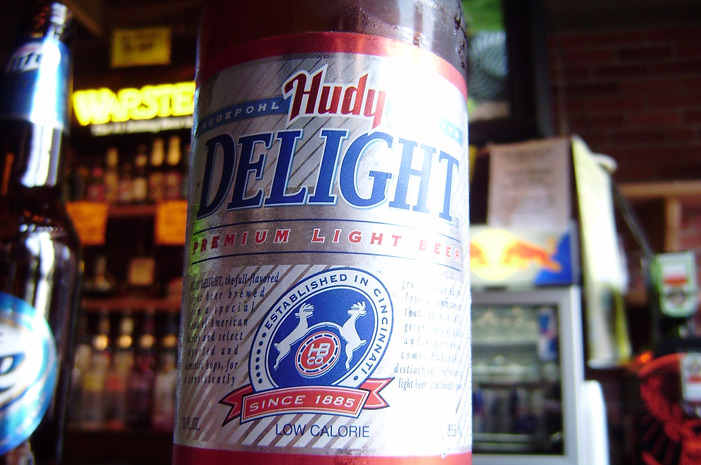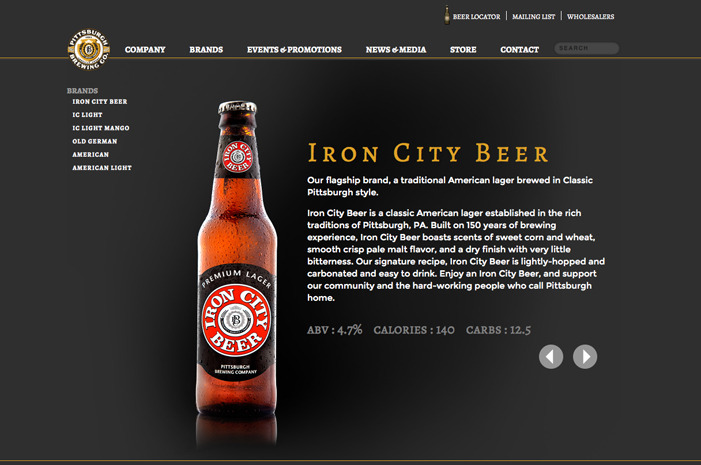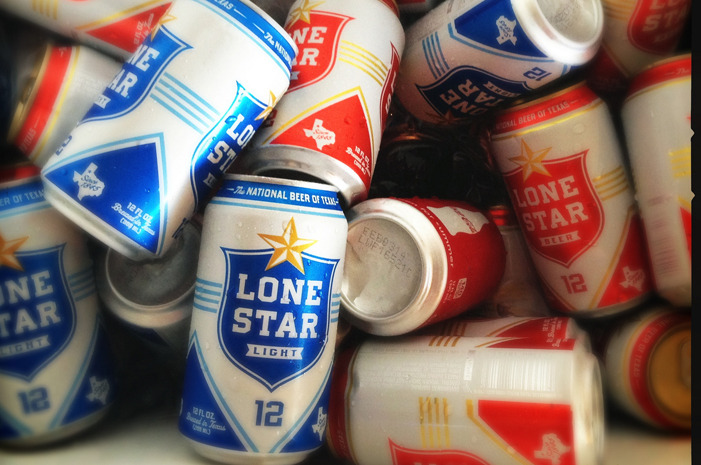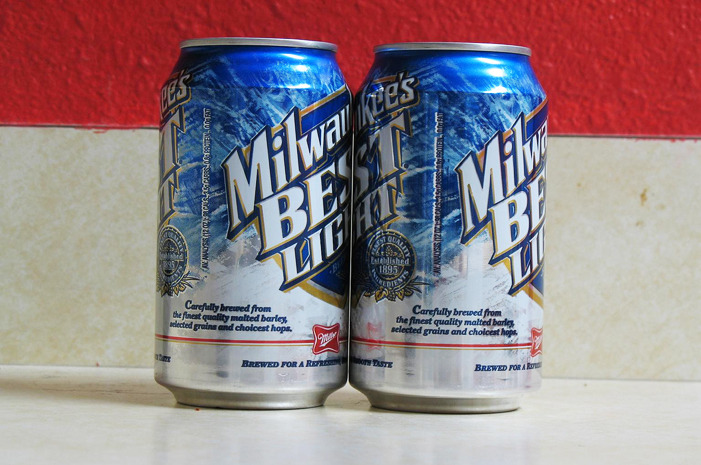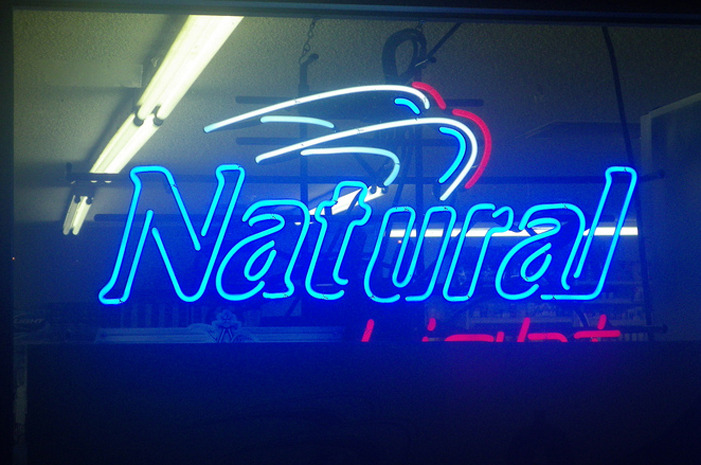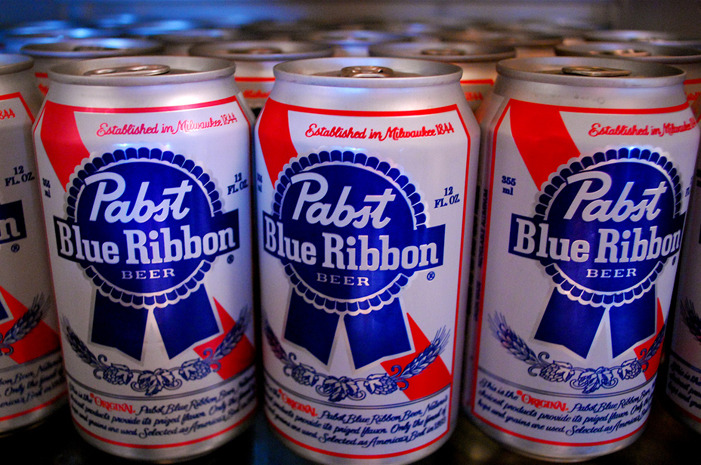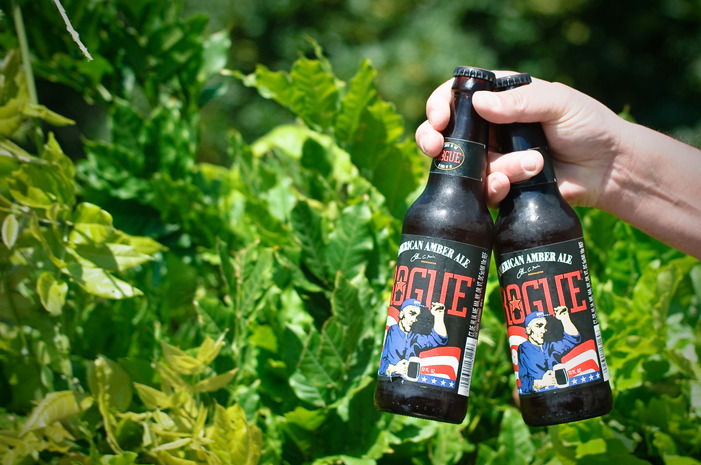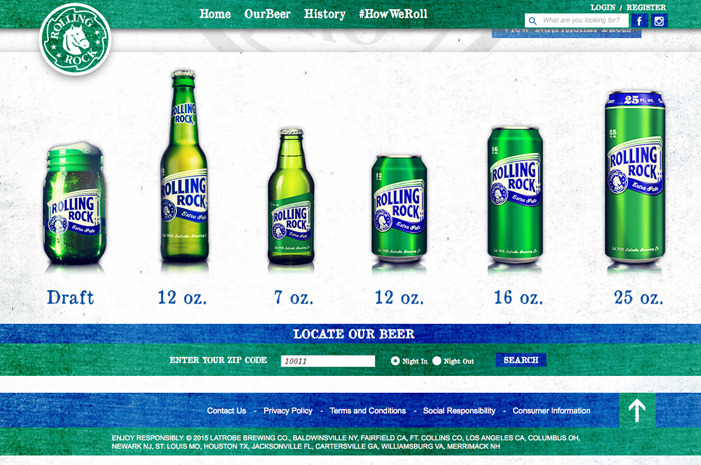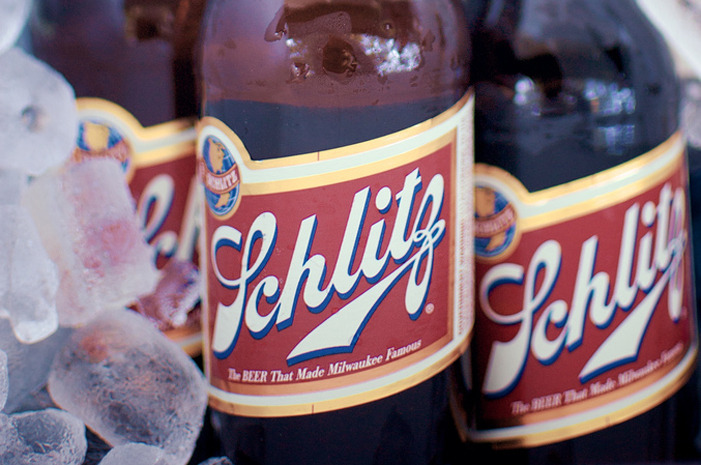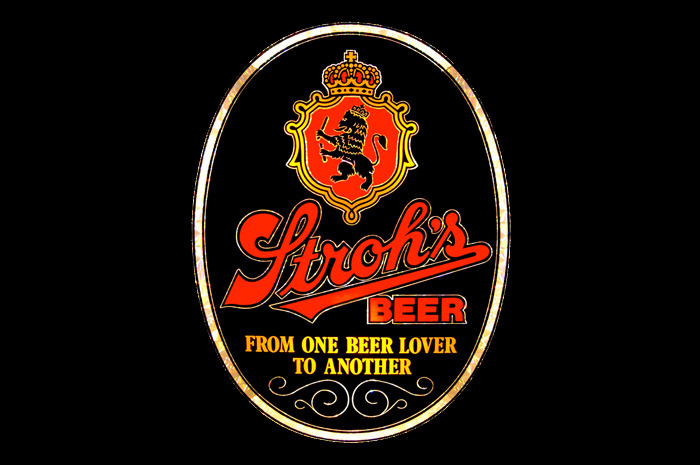Remember When We Drank Natty, PBR, And 9 Other Cheap Beers? Slideshow
As you sipped away on some of the most well-known brands on the market, did you ever stop to wonder about their history, why they taste the way they do, or how they got their name? You were probably too busy trying to keep track of how many beers you've had to even think about their story, so we've taken the liberty to do it for you. For starters, in case you were wondering, the name "Hamm's" has nothing to do with meat, and PBR stands for Pabst Blue Ribbon.
Check out this round-up of beer facts to learn more about the classic brands, and then, head to one of the best college bars in America to show off all your knowledge. With each costing under $20 for a pack of 12 beers, these brands are truly giving you the best bang for your buck.
Hamm's
German immigrant Theodore Hamm inherited the Excelsior Brewery in 1865. He didn't intend to venture into the beer business, but his friend and business associate A. F. Keller sought him out for financial support. Little did he know years and years later, college kids would still be happily sipping on his trusted brand for only $12.99 per 12-pack.
Hudy
Hudy — named after its' founder Ludwig Hudephol — thrived prior to Prohibition. Since then, the rights of the brand and its recipes has sold and relocated two times. Ever sipped on a Hudy 14-K? The "14-K" stands for the beers secret brewing process, consisting of a mixture of grain and golden smoothness.
Iron City
Iron City Brewery was one of the first American breweries to produce lager. Iron City beer continues to be built on 150 years of brewing experience, providing a sweet wheat beer that is light and easy to drink.
Lone Star
Lone Star's Texas roots stem back to 1883, when Adolphus Busch and his partners built the first large mechanized brewery in San Antonio. In 2005, the brand celebrated 65 years as the National Beer of Texas and designed their current and shield logo. Who knew your cold Lone Star had such embedded, rich history?
Milwaukee's Best
Though their sales have declined over the years, Milwaukee's Best will always be known for their infamous "can-crush" series. In these ads, men who weren't "manly" enough were crushed by a giant can of Milwaukee's Best that fell from the sky. These commercials resulted in their infamous tag-line, "Men should act like men, and light beer should taste like beer."
Natural Light
Natural Light — better known as "Natty" — doesn't have as colorful of a past as older brands. Natural Light was, however, Anheuser-Busch's first reduced-calorie light beer. Thanks to its cheap price tag of $13.99 for 30 cans, it is still one of America's best-selling beers.
Pabst Blue Ribbon
In 1876, Pabst Blue Ribbon won a gold medal at the Centennial Celebration, the first official world's fair. After this, Pabst began to hand tie a blue silk ribbon around the neck of each beer to show its award winning pride. This is where the blue ribbon logo stemmed from.
Rogue
Ever heard of a "Brew Pub?" Rogue was one of the first companies to start a Brew Pub — a pub that brews beers — which was housed beneath a 60 seat Pub in Ashland, Oregon. Over the years, they have become a beer company that produces some of the most unique flavors on the market, such as their Beard Beer and Chocolate Stout.
Rolling Rock
If you have ever taken a moment to observe a Rolling Rock bottle, you'll notice it comes with the number "33" on the back. To this day, no one is certain about what it represents, but according to the Rolling Rock website, there are many theories behind its meaning. For example, many believe the original brewery had 33 steps that separated the brewmaster's office from the brewery floor. Others claim the secret's "in the bottle," for the sum of all of the letters in the ingredients of Rolling Rock equals 33.
Schlitz
Stroh's
The Stroh family began by brewing their beer in a family-owned inn during the 18th century. Soon after the German Revolution began, Bernhard Stroh immigrated to the United States and established his own brewery in Detroit. Thanks to his German roots, Bernhard had the ability to be the first to introduce the European method of fire-brewing beer to America. Prost!
